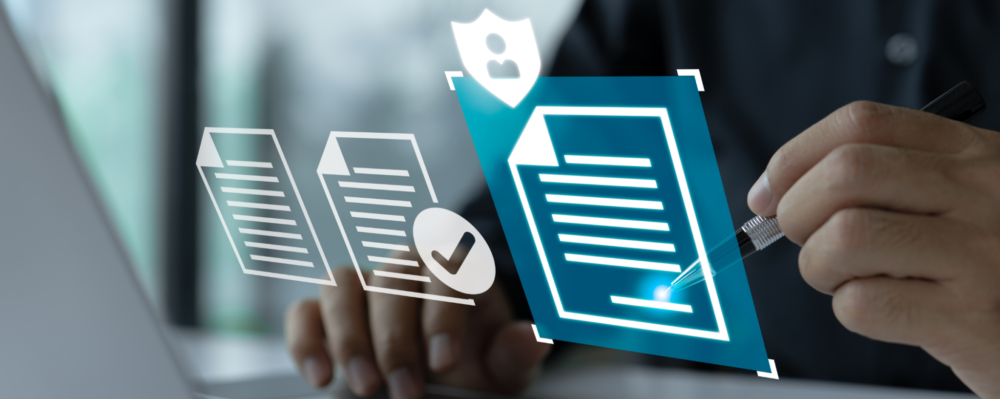The general concept of compliance for SaaS (Software as a Service) providers is nothing new, and yet understanding the scope and significance of various audit reports can still be tricky. One of the most common reports that come up in discussions is the SOC 1 report. In this article, we delve into the specifics of what a SOC 1 report covers, including its importance for SaaS companies that must navigate the landscape of regulatory requirements.
What Is an Example of a SOC Report?
SOC reports are meant to provide a tangible illustration of the evaluation process conducted by independent auditors. These reports offer insights into a company’s control environment and the effectiveness of its internal controls. By examining a SOC report example, stakeholders can gain a clearer understanding of the audit procedures and the resulting findings.
What Is the Difference between SOC 1 and SOC 2?
There are two main types of SOC report: SOC 1 and SOC 2. While SOC 1 is more limited in scope (it mainly focuses on financial controls), SOC 2 entails a more in-depth, comprehensive framework centered around the 5 Trust Services Criteria:
-
Security
-
Availability
-
Confidentiality
-
Processing integrity
-
Privacy
What Is a SOC 1 Report?
When discussing SOC reports, it’s essential to distinguish between the various types available. Among them, SOC 1 reports focus on the internal controls relevant to financial reporting. These reports are often sought after by service organizations, including SaaS providers, to demonstrate their commitment to maintaining robust control environments.
Who Needs a SOC 1 Report?
For organizations entrusted with the processing of financial data on behalf of their clients, SOC 1 certification—specifically, a SOC 1 Type 2 report—is often a requirement. This report provides assurance to stakeholders, including customers and regulatory bodies, regarding the reliability of the service provider’s controls over financial reporting processes. SaaS companies, in particular, may find a SOC 1 Type 2 report invaluable in building trust and credibility with their clients.
What Are the 5 Sections of a SOC Report?
A SOC 1 report example typically encompasses several key areas, including the control environment, risk assessment process, control activities, information and communication systems, and monitoring activities. Within each of these domains, auditors assess the effectiveness of controls in place to mitigate risks related to financial reporting.
- In the control environment, auditors evaluate the tone set by management regarding the importance of internal controls and their influence on the organization’s overall control consciousness. This includes assessing the organization’s commitment to integrity, ethical values, and competence.
- The risk assessment process involves identifying and assessing risks relevant to financial reporting. Auditors examine how well the organization identifies and responds to risks that could materially affect the financial statements, including fraud risks.
- Control activities refer to the policies and procedures implemented by the organization to achieve its objectives and mitigate risks. Auditors assess the design and implementation of these controls to determine their effectiveness in preventing or detecting errors or fraud.
- Information and communication systems encompass the methods used to capture, process, and communicate information related to financial reporting. Auditors evaluate the effectiveness of these systems in providing accurate and timely information to support financial reporting.
- Monitoring activities involve ongoing assessments of the effectiveness of internal controls. Auditors examine how well the organization monitors and evaluates the performance of its internal controls and takes corrective action when deficiencies are identified.
Enhance SOC 1 Compliance with Trava
Whether seeking to reassure clients or comply with regulatory mandates, obtaining a SOC 1 report is a proactive step towards establishing trust and credibility in the marketplace.
Compliance is more than just a single report or a box to check—it’s important to understand the work and commitment behind achieving and maintaining compliance. Fortunately, there are cybersecurity software services and solutions available to help businesses keep their—and their customers’—data safe and secure.
Trava provides a wide range of cybersecurity services that help businesses not only understand the requirements of SOC 1 and SOC 2 reporting, but also to implement the right measures to enhance security, gain customers’ trust, and adopt a proactive cybersecurity posture. Schedule a call with our team today!


